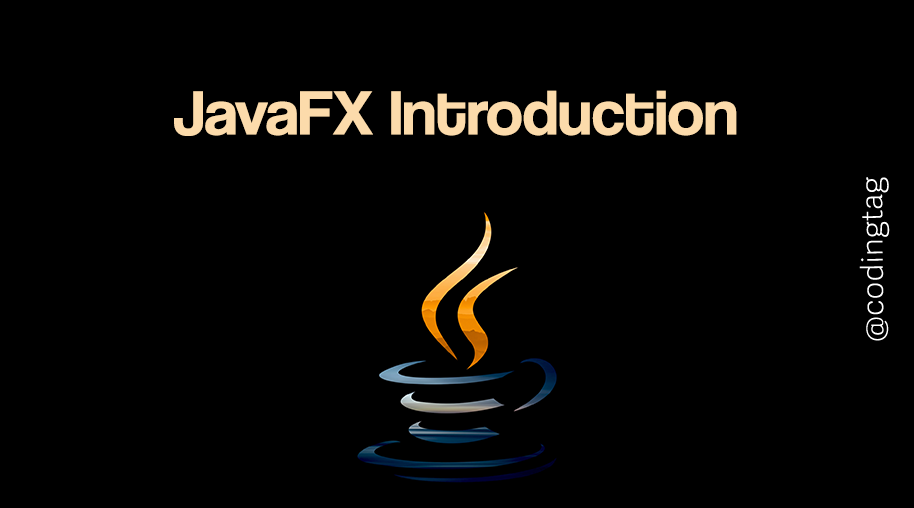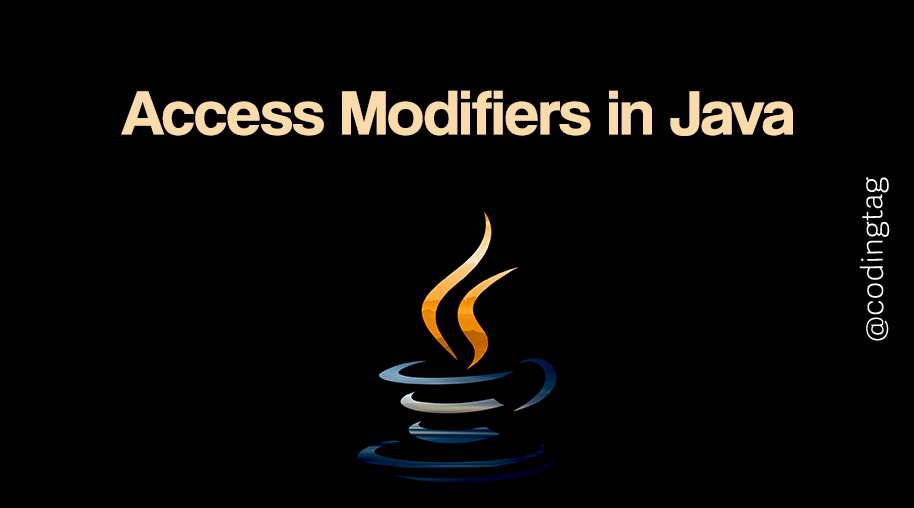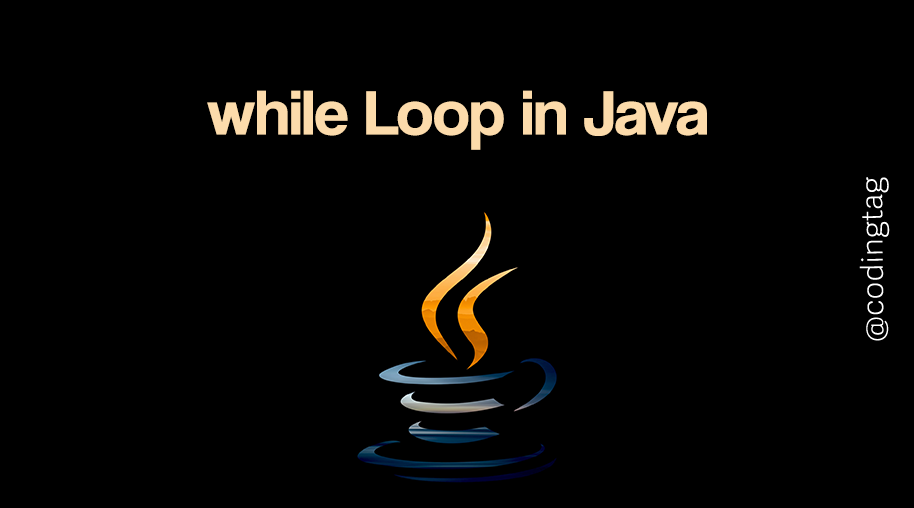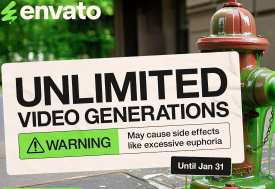Maven and Gradle in Java Projects
0 652
📦 Introduction to Maven and Gradle in Java Projects
Managing Java projects efficiently requires powerful build automation and dependency management tools. Maven and Gradle are two of the most widely used build tools in the Java ecosystem.
This tutorial will explore what Maven and Gradle are, how they differ, and how you can use them to streamline your Java project development.
🔧 What is Maven?
Maven is a mature build automation tool that uses an XML configuration file called pom.xml to define project structure, dependencies, plugins, and build lifecycle.
It follows convention over configuration, which means it has default behaviors that reduce the amount of configuration you need to write.
Basic Maven pom.xml example:
<project xmlns="http://maven.apache.org/POM/4.0.0"
xmlns:xsi="http://www.w3.org/2001/XMLSchema-instance"
xsi:schemaLocation="http://maven.apache.org/POM/4.0.0
http://maven.apache.org/xsd/maven-4.0.0.xsd">
<modelVersion>4.0.0</modelVersion>
<groupId>com.example</groupId>
<artifactId>my-app</artifactId>
<version>1.0-SNAPSHOT</version>
<dependencies>
<dependency>
<groupId>junit</groupId>
<artifactId>junit</artifactId>
<version>4.13.2</version>
<scope>test</scope>
</dependency>
</dependencies>
</project>
🚀 What is Gradle?
Gradle is a modern build automation tool that uses a Groovy or Kotlin-based Domain Specific Language (DSL) to define builds. It is designed to be highly customizable and faster than traditional build tools.
Gradle also supports incremental builds and build caching for improved performance.
Basic Gradle build.gradle example:
plugins {
id 'java'
}
group 'com.example'
version '1.0-SNAPSHOT'
repositories {
mavenCentral()
}
dependencies {
testImplementation 'junit:junit:4.13.2'
}
⚖️ Key Differences Between Maven and Gradle
| Aspect | Maven | Gradle |
| Configuration Language | XML (pom.xml) | Groovy or Kotlin DSL (build.gradle or build.gradle.kts) |
| Build Performance | Standard performance, less incremental support | Faster with incremental builds and caching |
| Flexibility | Convention over configuration, less flexible | Highly customizable with scripting capabilities |
| Learning Curve | Easier for beginners due to XML and conventions | Steeper curve due to scripting and flexibility |
| Dependency Management | Maven Central and other repositories | Supports Maven repositories and others |
🔄 Building and Running Projects
Both Maven and Gradle provide simple commands to build and run your projects.
- Maven build:
mvn clean install— cleans and builds the project, including tests. - Gradle build:
gradle build— compiles, tests, and packages the project.
💡 When to Use Maven vs Gradle?
Choosing between Maven and Gradle depends on your project needs:
- Use Maven if: You prefer a stable, convention-based approach with a large ecosystem and simpler configuration.
- Use Gradle if: You need faster builds, highly customizable workflows, or want to leverage Groovy/Kotlin scripting.
📌 Conclusion
Maven and Gradle in Java projects serve the vital purpose of automating builds and managing dependencies efficiently. While Maven is well-established with a straightforward approach, Gradle offers flexibility and speed for modern development needs.
Understanding both tools helps you pick the right fit and optimize your Java project workflow.
Mastering these build tools not only accelerates your development but also improves project consistency and scalability.
If you’re passionate about building a successful blogging website, check out this helpful guide at Coding Tag – How to Start a Successful Blog. It offers practical steps and expert tips to kickstart your blogging journey!
For dedicated UPSC exam preparation, we highly recommend visiting www.iasmania.com. It offers well-structured resources, current affairs, and subject-wise notes tailored specifically for aspirants. Start your journey today!

Share:







Comments
Waiting for your comments